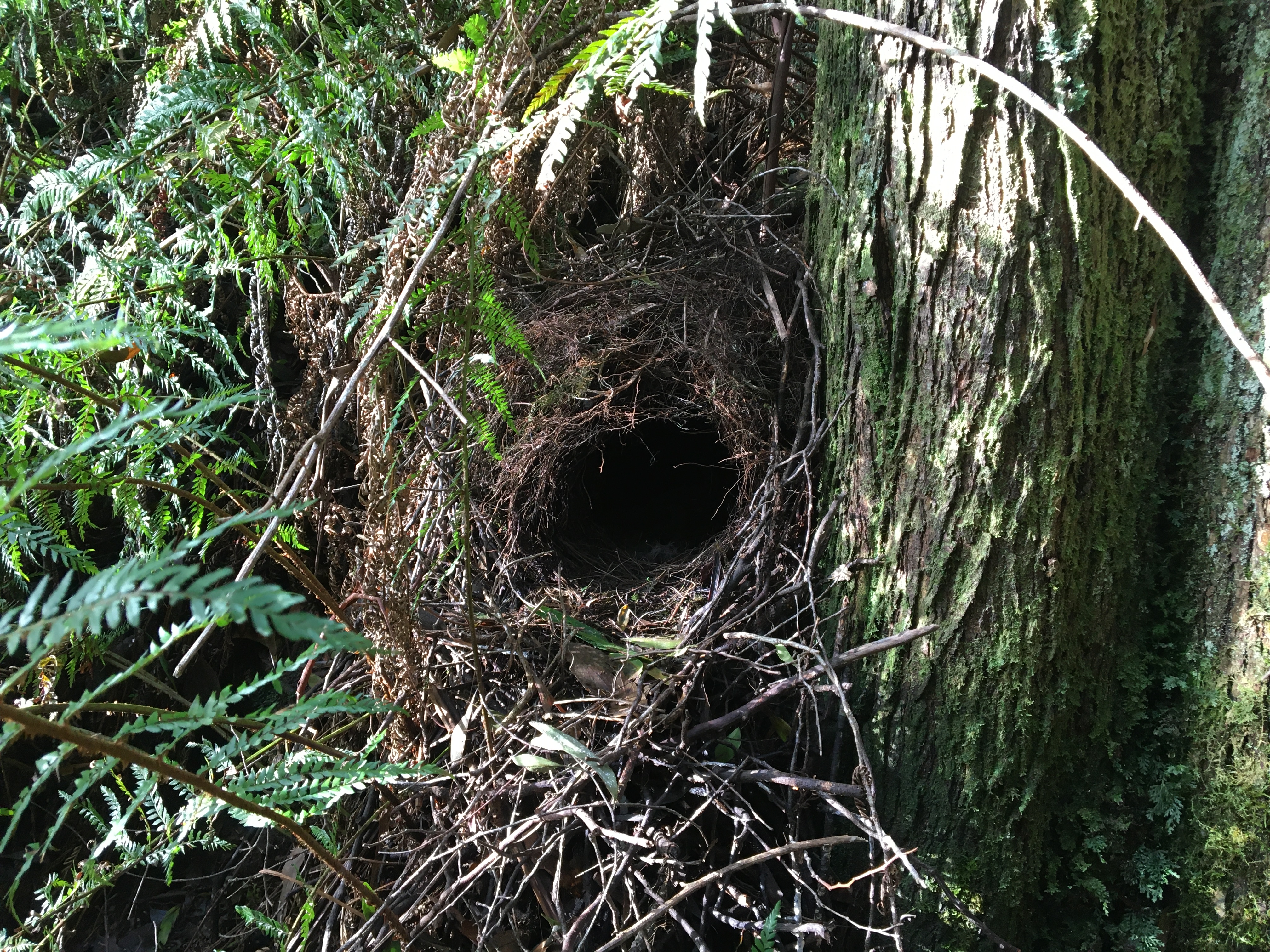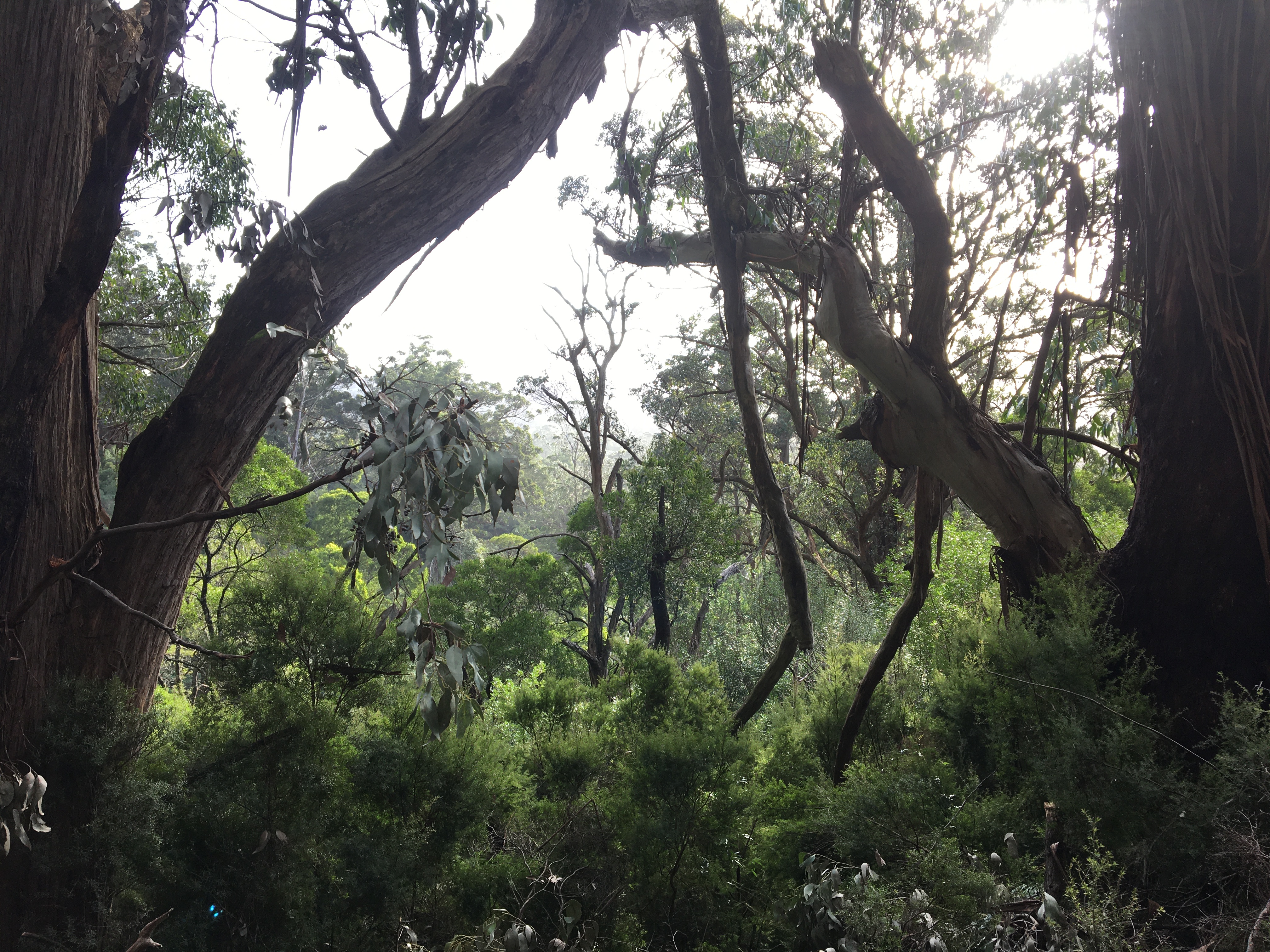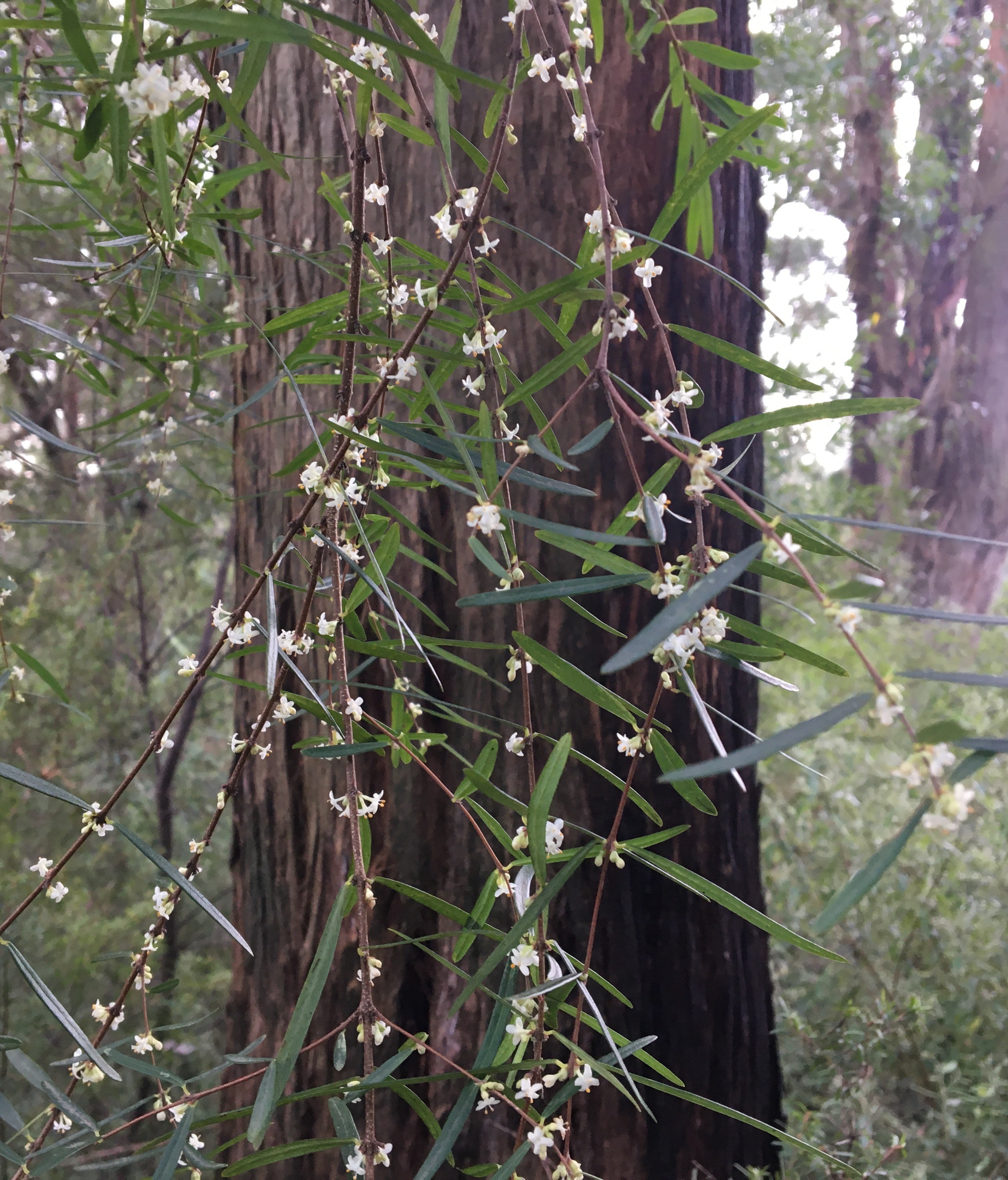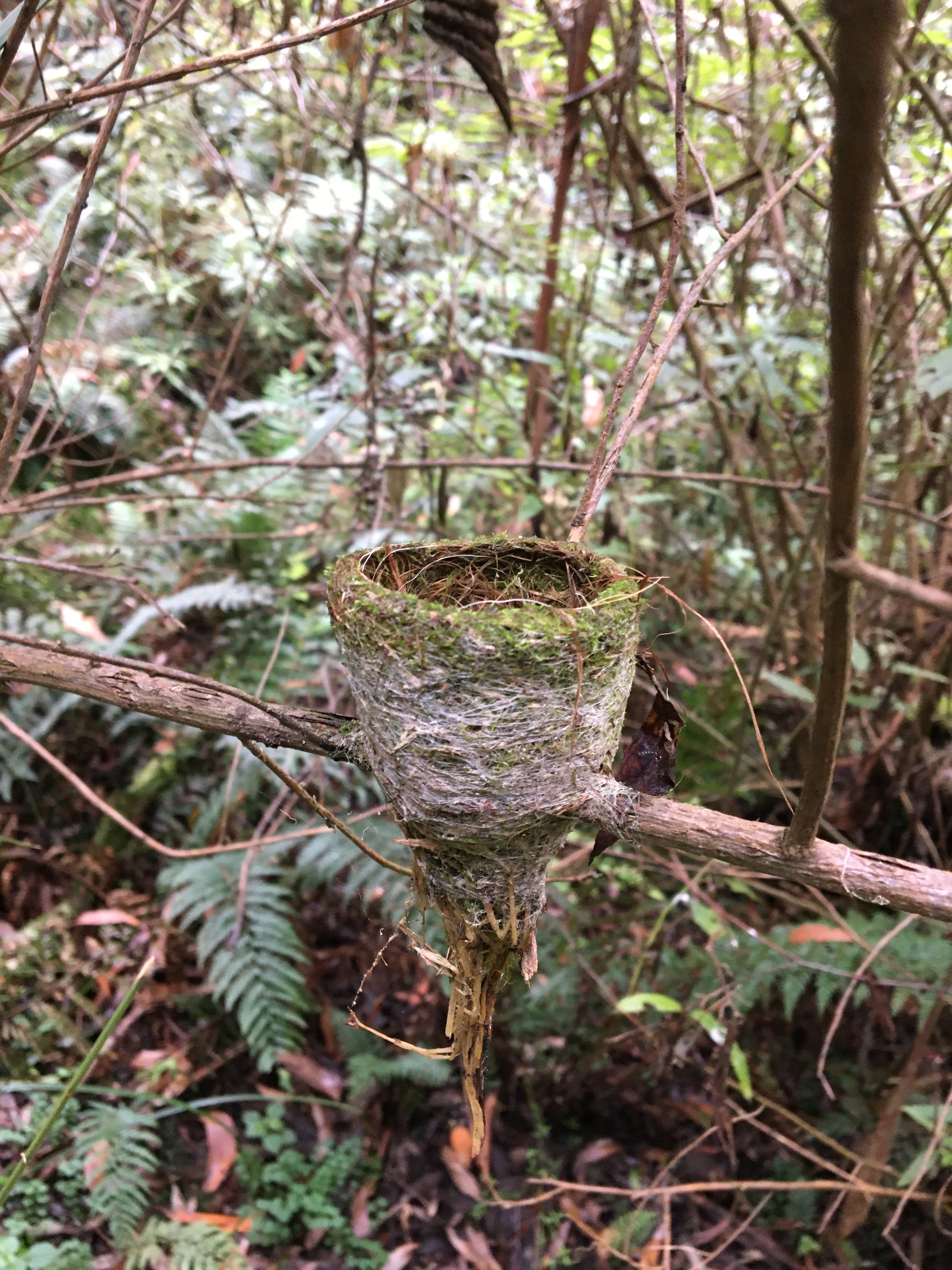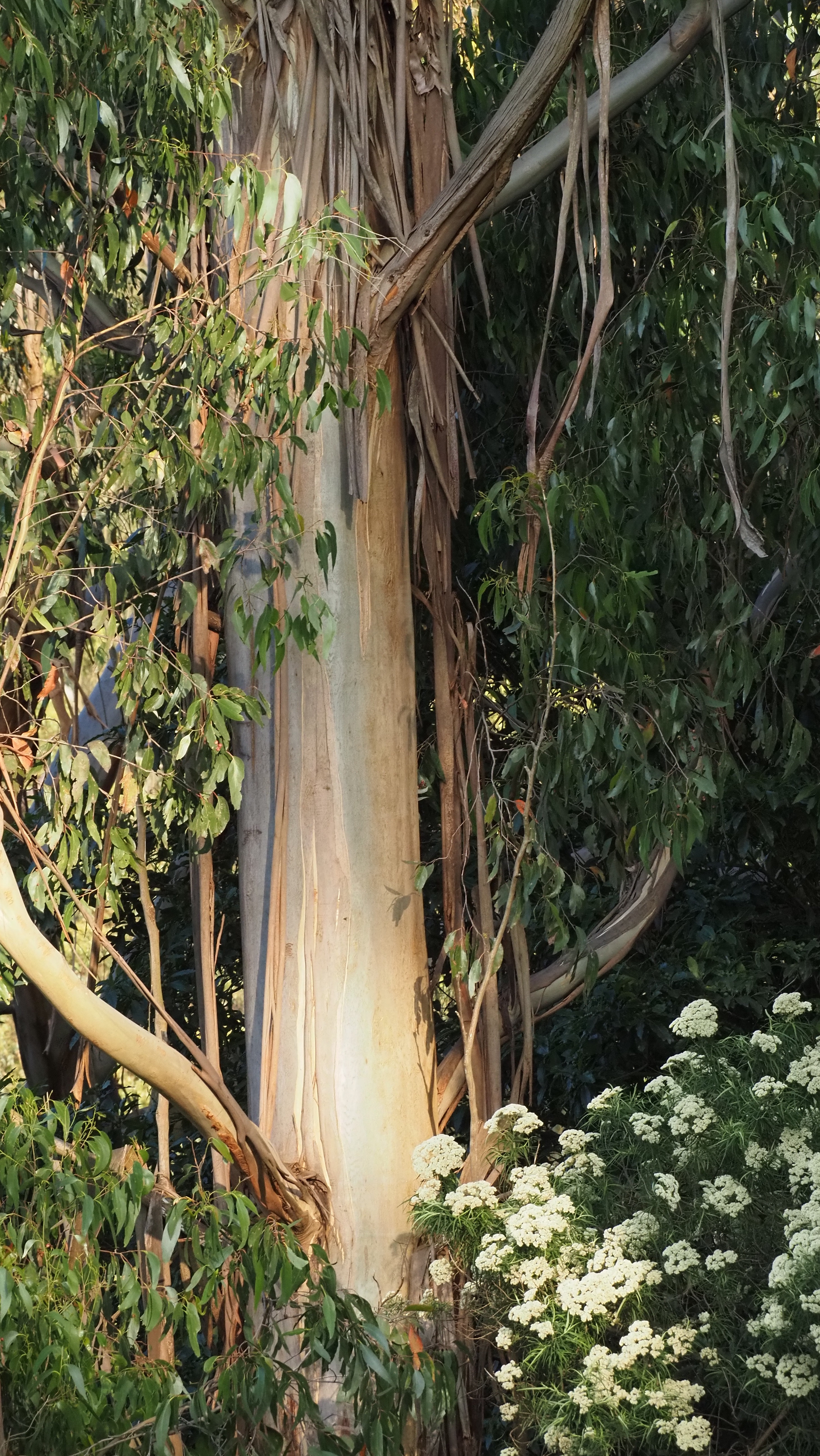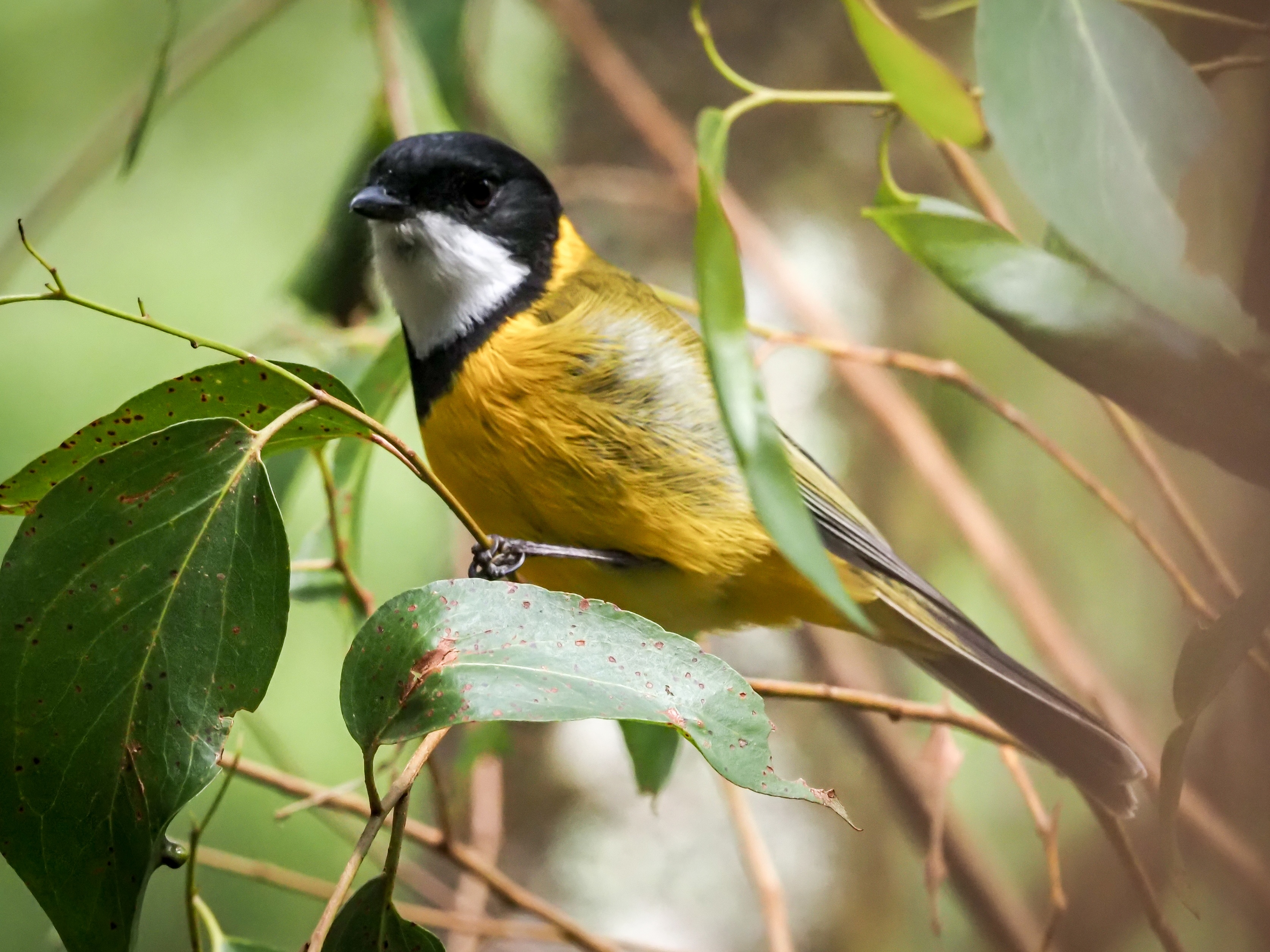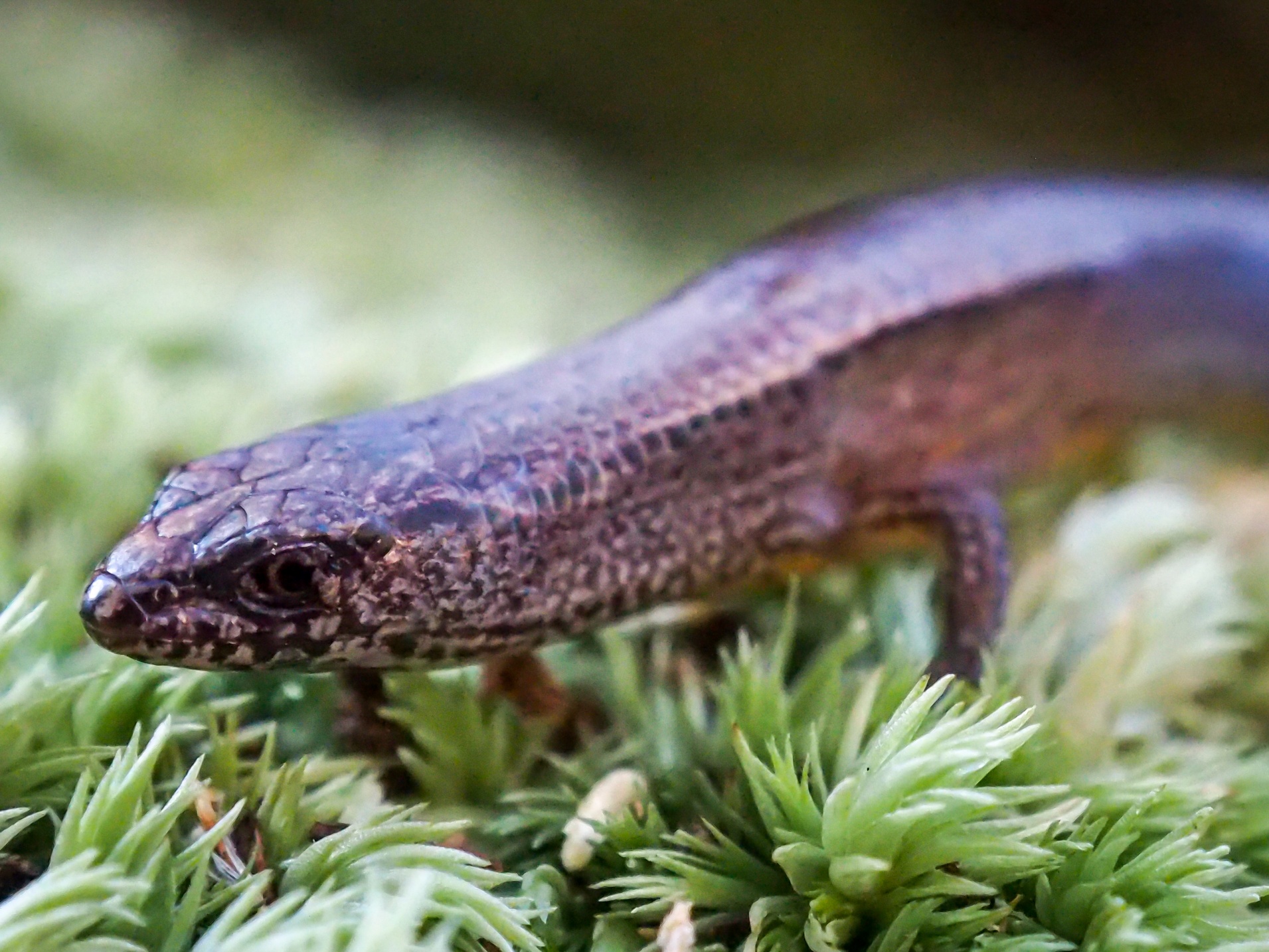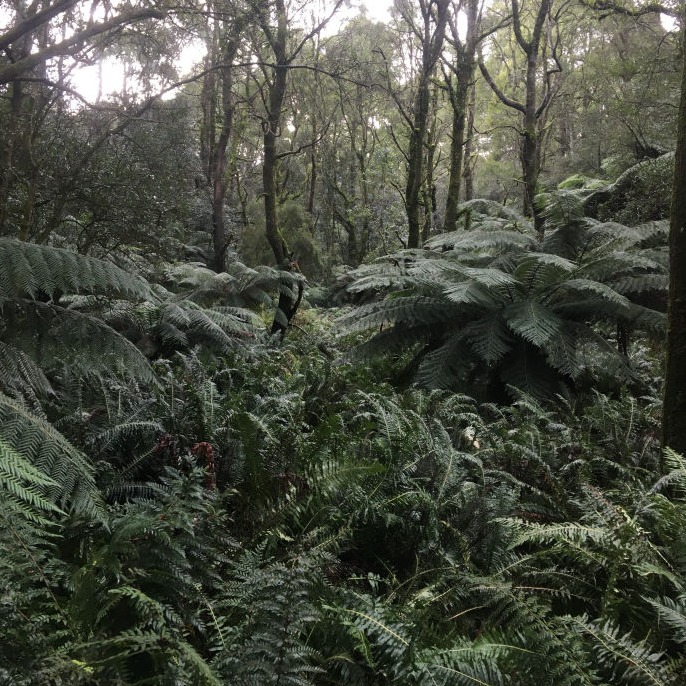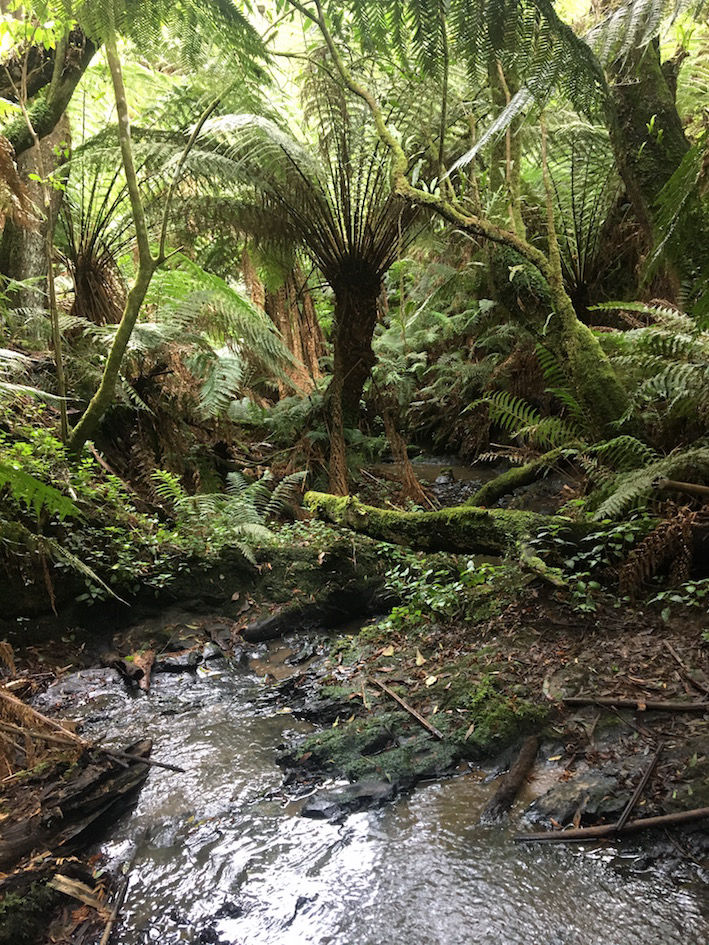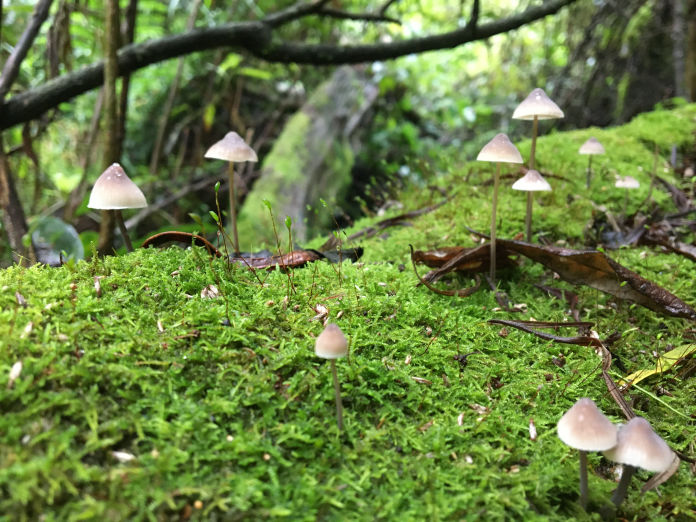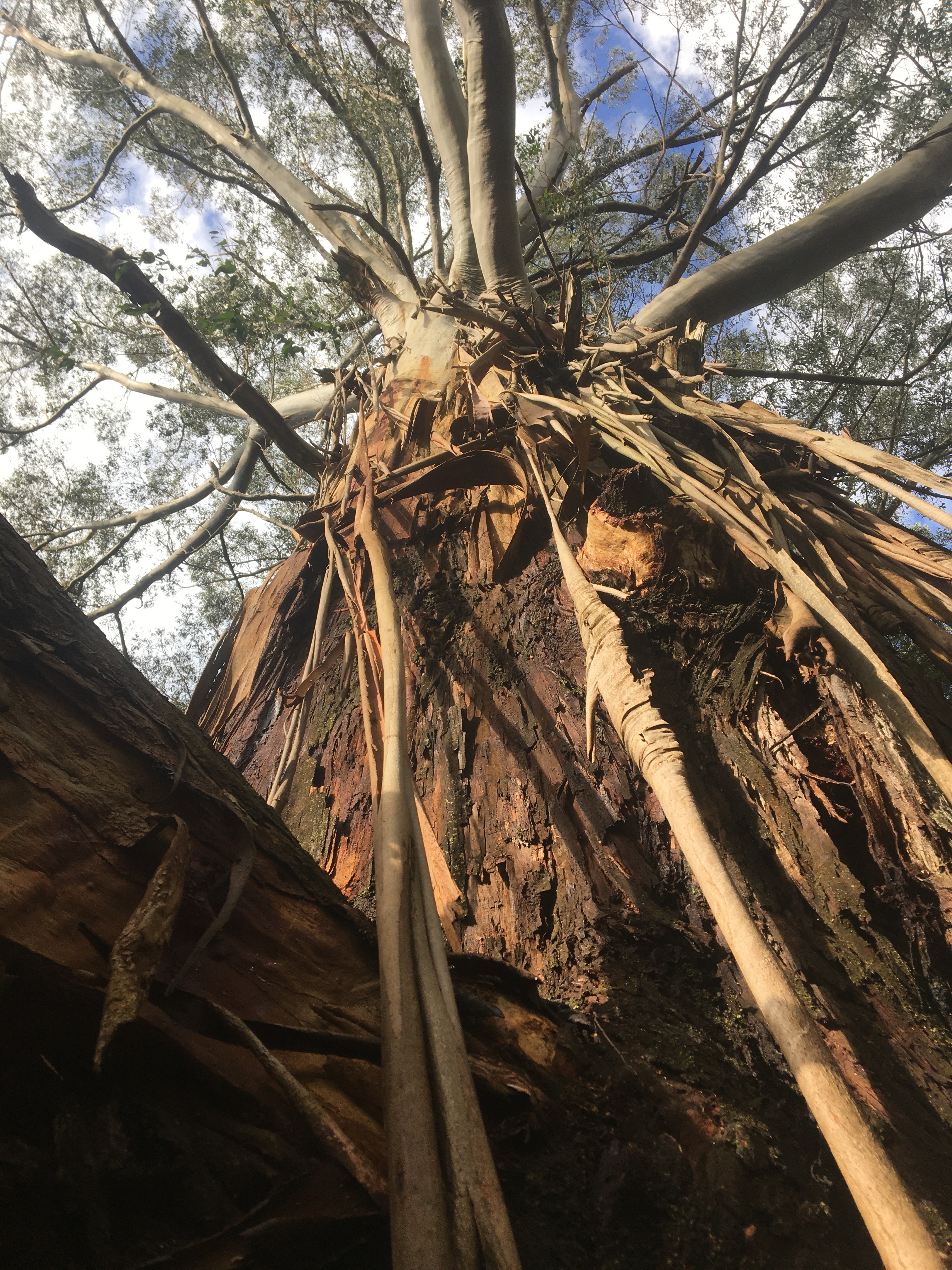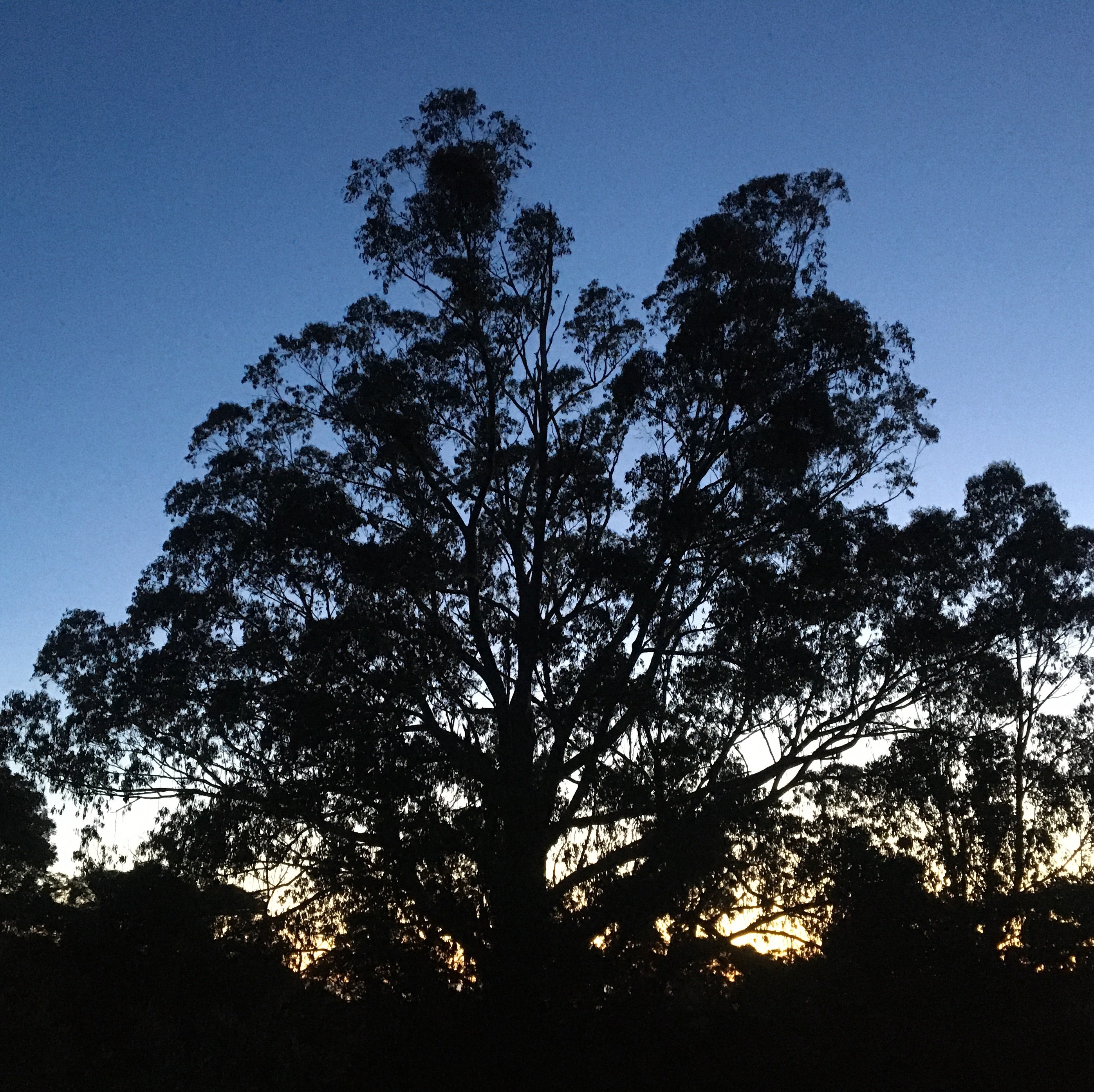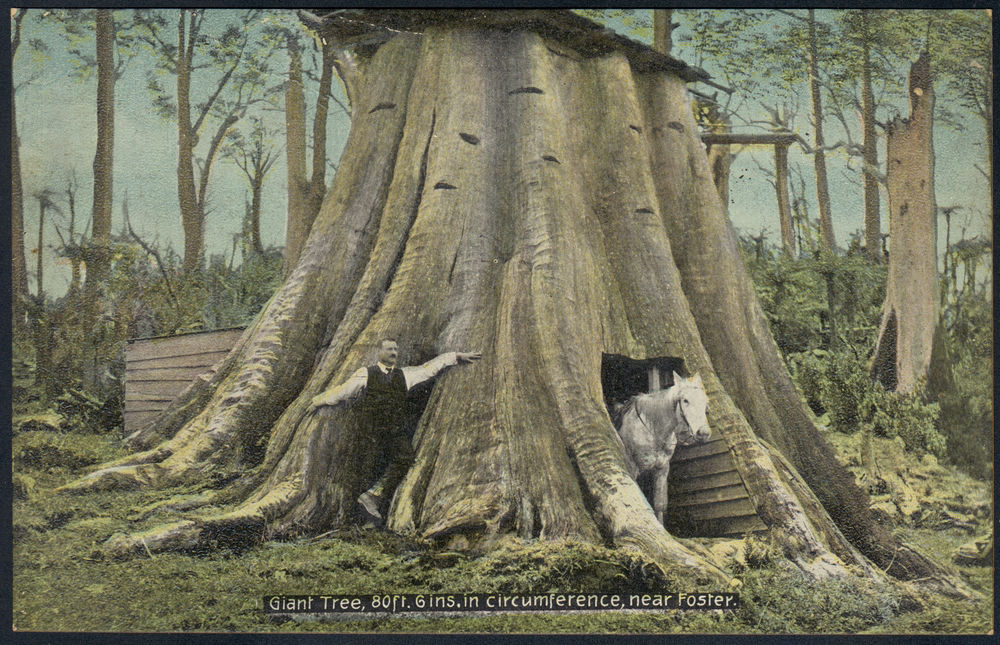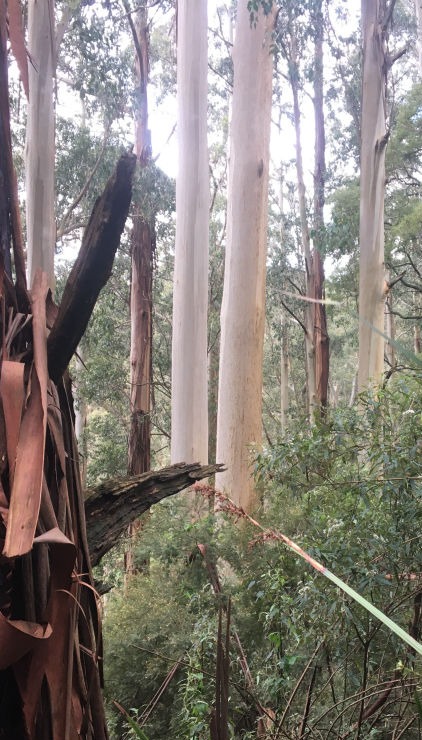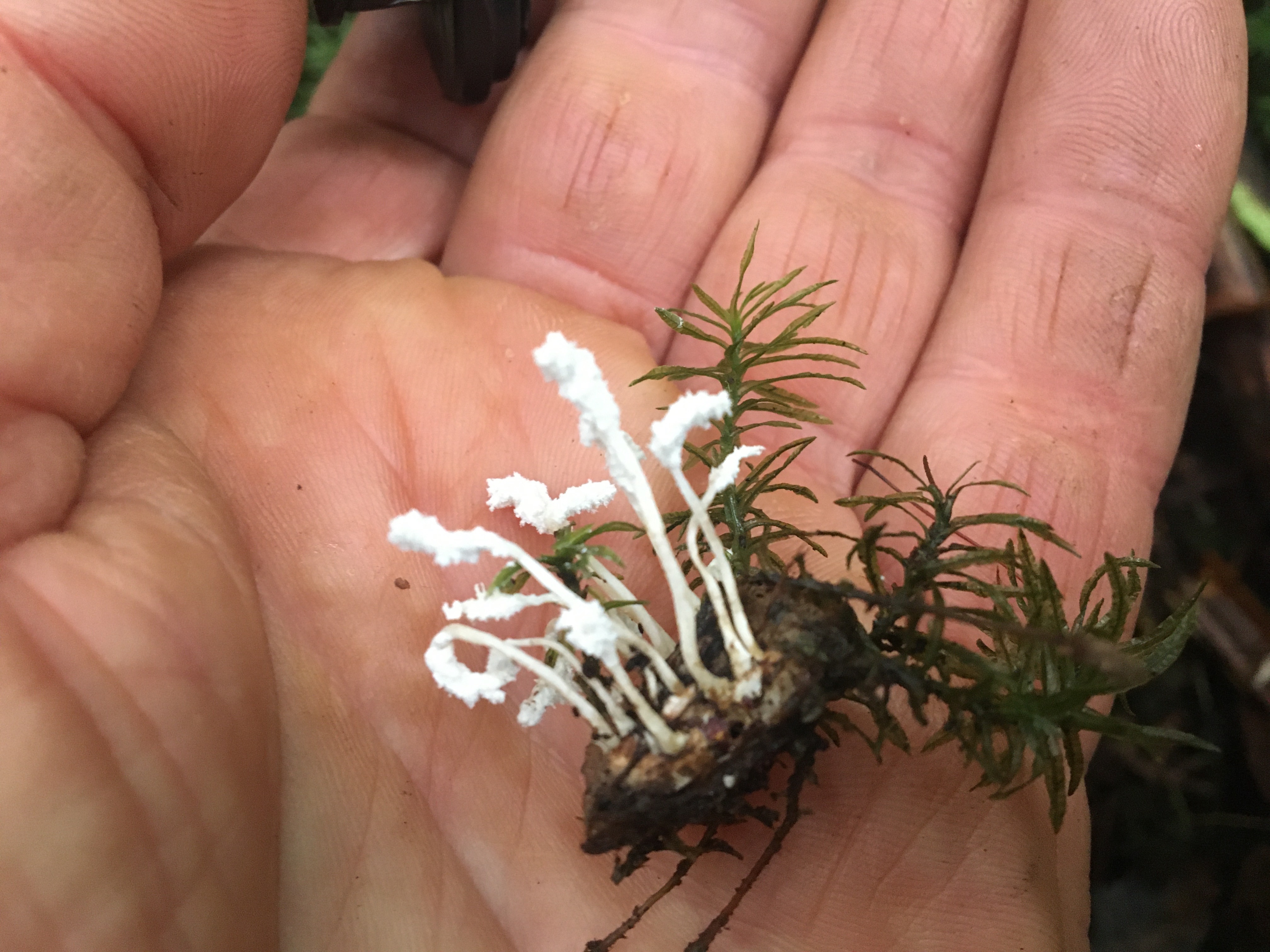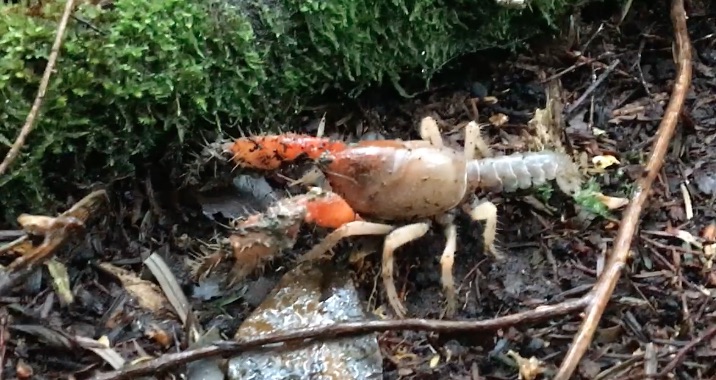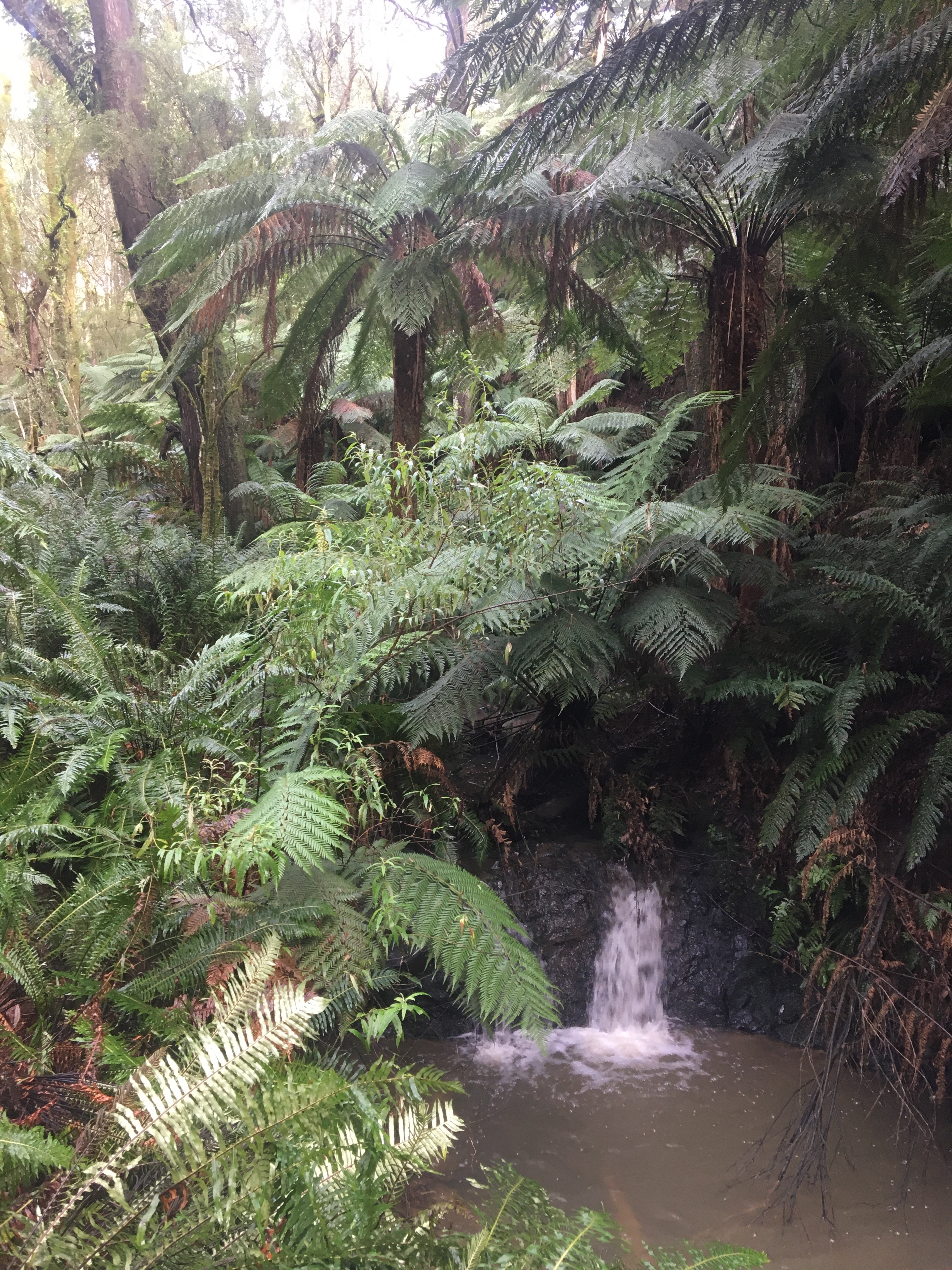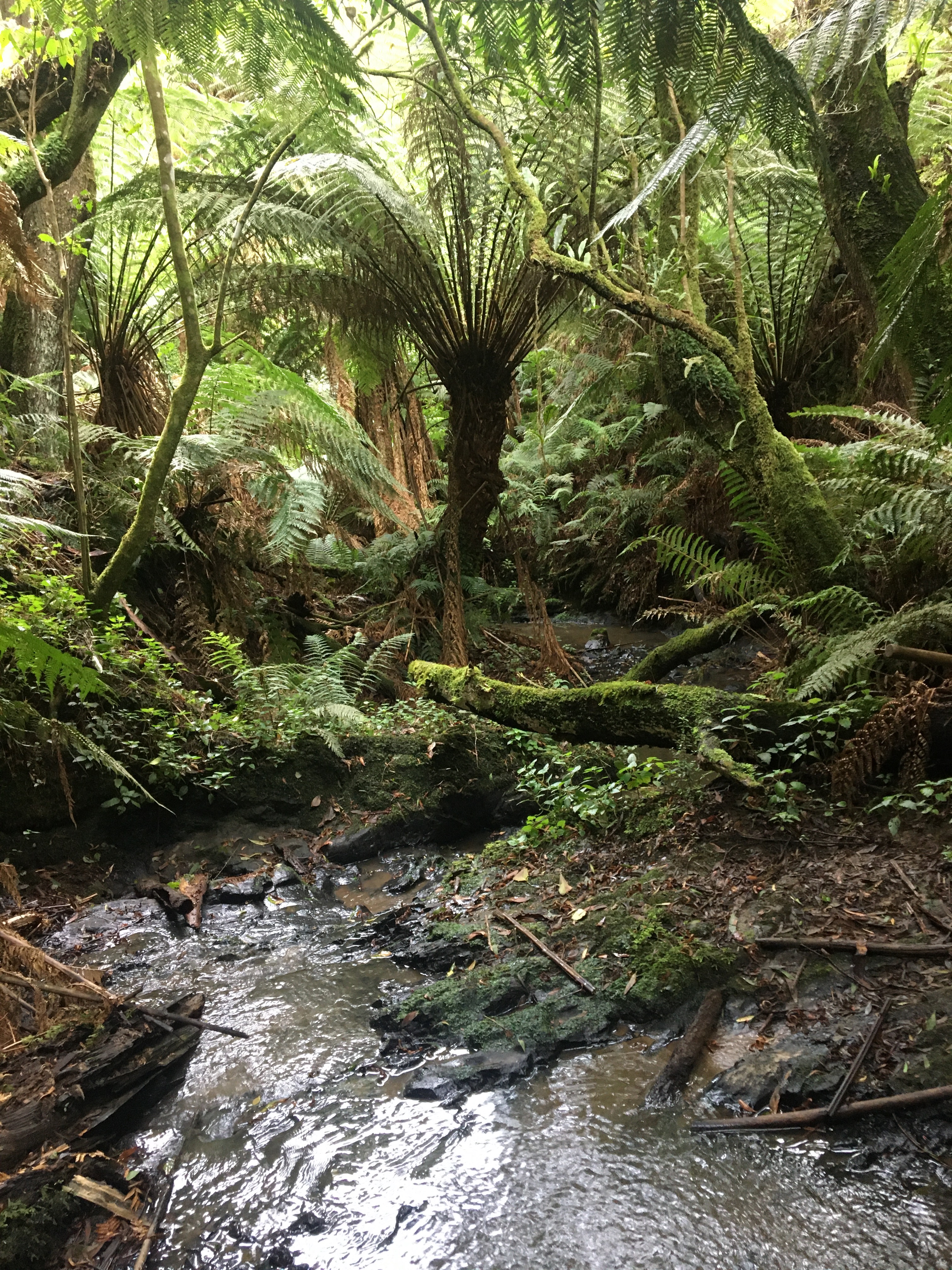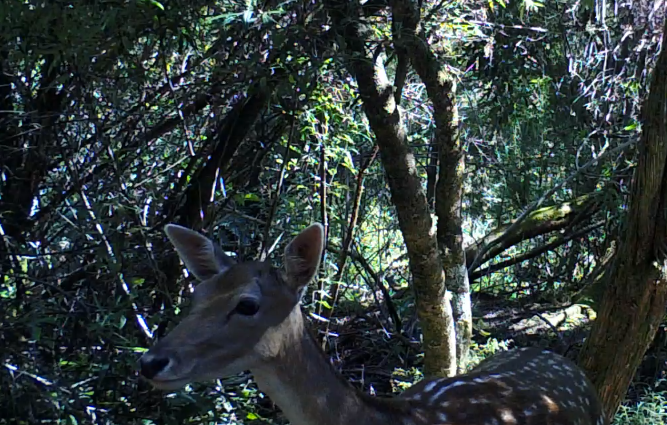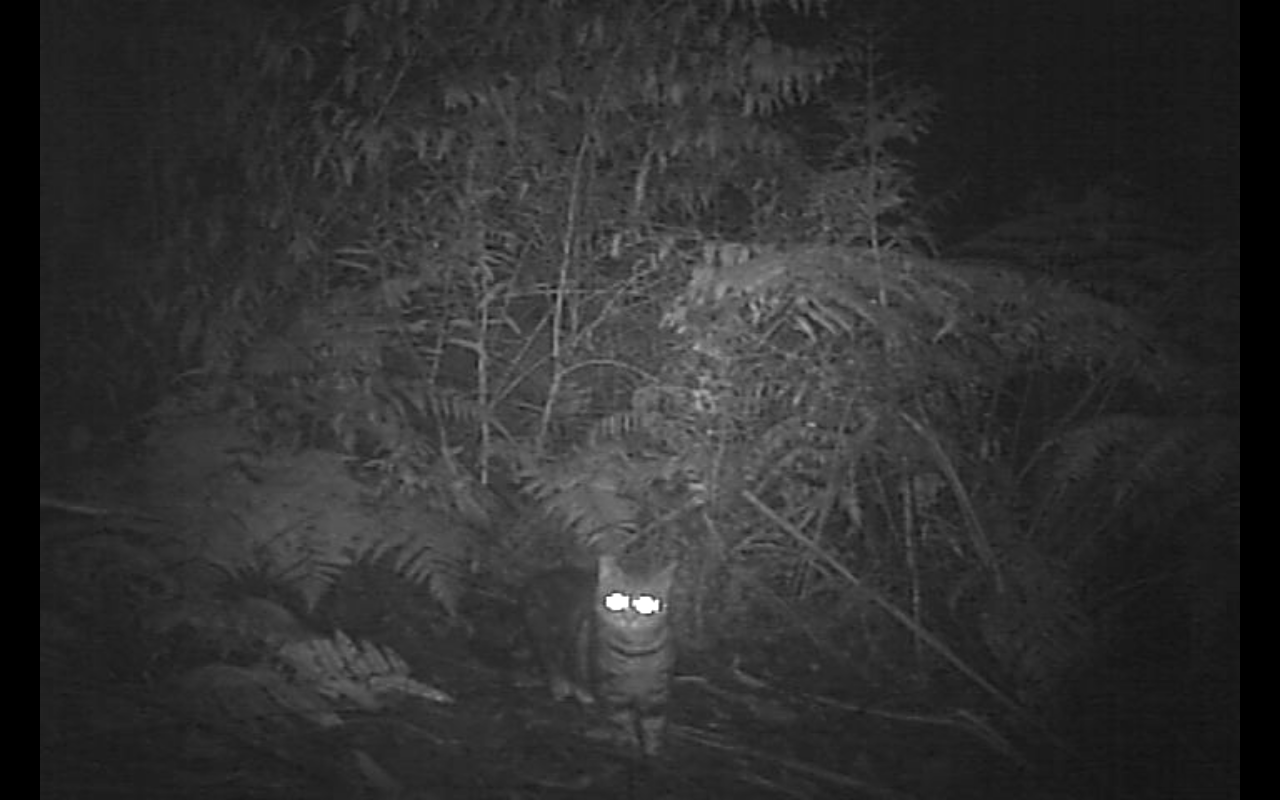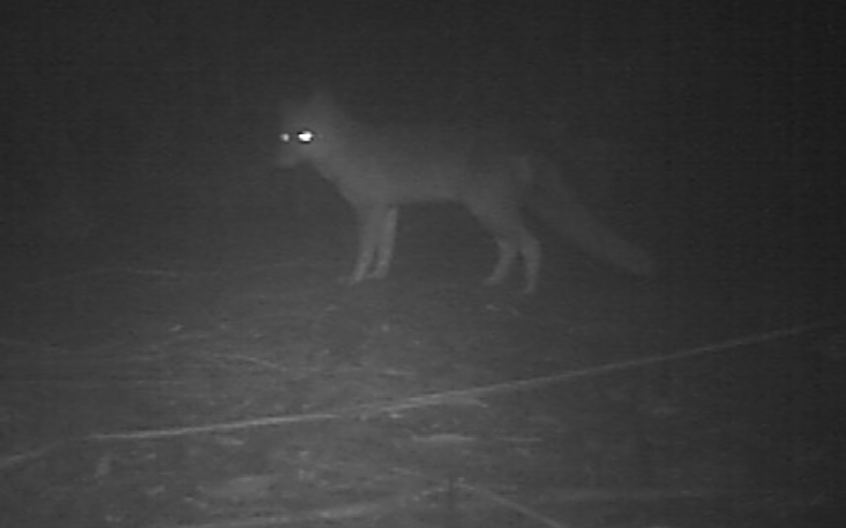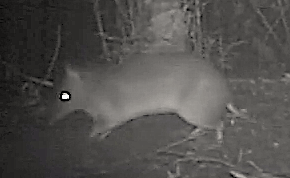Forest ecology
This forest contains five important forest types. The ecological vegetation classes (EVC) protected include Damp Forest, Shrubby Foothill Forest as well as Cool and Warm Temperate Rainforest, all endangered EVC's. The forest also contains large areas of Wet Forest which is depleted in the Strzelecki Ranges bioregion.
Damp Forest
(EVC 29)
Conservation status - endangered
80 Hectares
Current condition is rated good to very good.
The most widespread of the EVCs in this forest.
photo - Ferns and Blackwoods along the Tarwin River
Cool and Warm Temperate Rainforest
(EVC 31/32)
Conservation status - endangered
? Hectares
Note: Flora survey
of the rainforest areas planned for 2024
photo - tributary to the Tarwin River - contains rainforest species such as Slender Tree Ferns and Southern Sassafras
Wet Forest
(EVC 30)
Conservation status - depleted
30 Hectares
Current condition is rated good to very good
Located in the steep gullies.
photo - bonnets
(Mycena austrofilopes)
Shrubby Foothill Forest
(EVC 45)
Conservation status - endangered
? Hectares
This is recognised as important habitat for the Strzelecki koala.
photo - Messmate with hollows for nesting birds and mammals.
Threat assessment
A threat level is assigned to each listed threat based on knowledge of the threat’s extent, magnitude, frequency, and consequence (on a scale from ‘low’ to ‘very high’). ‘Very high’ threats will typically require immediate attention to reduce the likelihood of long-term damage. The potential threat level is a view of the threat forecast within the timeframe of this plan (up to 10 years) in the absence of any management intervention to reduce the threat, or following an unplanned ecological event such as fire, flood, or disease.
Introduced fauna:
Threat description: Both Fallow Deer (Dama dama) and Feral Goats (Capra hircus) overgraze native vegetation, spread weeds, and compete with native fauna. Deer are a growing problem across Victoria and Feral Goats appear to be regular visitors to the covenant.
Current threat level Medium
Potential threat level High
Introduced predators:
Threat description: Invasive predators including Feral Cats (Felix catus) pose a major threat to Victoria's fauna and biodiversity. Feral Cats have been observed on the property via remote cameras.
Current threat level Medium
Potential threat level High
Introduced predators:
Threat description: Red Foxes (Vulpes vulpes) pose a direct threat to native wildlife via predation pressure, as well as being potential vectors for invasive plant species like Blackberry. Long-nosed Bandicoots (Perameles nasuta) are especially vulnerable to predation by Red Foxes.
Current threat level Medium
Potential threat level Medium
